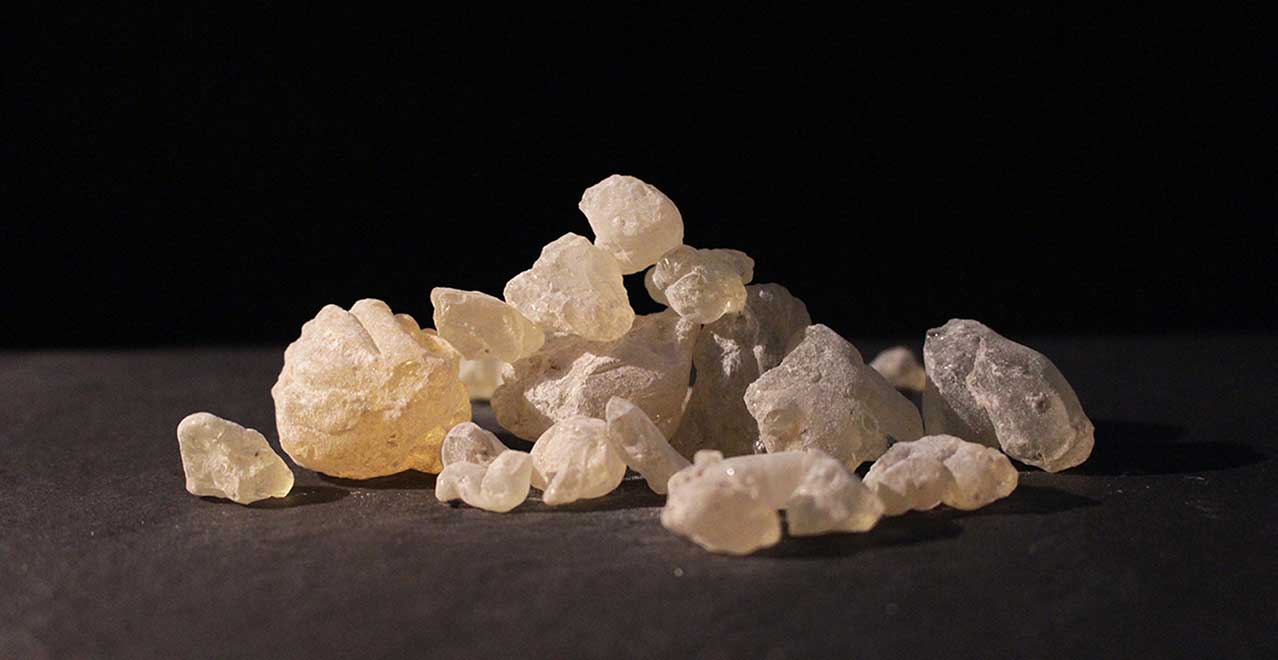Dammar Gum
A brief description
Geographic and botanical origin
Dammar gum is the resin of the tree genus Shorea in the family Dipterocarpaceae. These tropical trees can be found on the Malayan Sunda-Islands, in India and in Indonesia and are used, besides for timber logging, for Dammar gum harvest. Customary Dammar gum for industrial applications is mainly constrained to the resin of the species Shorea Wiesneri.
Harvest and Processing
The raw material Dammar gum is won through tapping of the Shorea trees. The gum exudes from the cuts in the trees and is collected by local farmers. The Dammar gum is then cleaned and sorted by color, size and degree of purity.
Sensory and phytochemical composition
The raw material Dammar Gum consists of small, white to yellowish resin lumps.
Dammar Gum is composed of ethanol soluble resin, water soluble gum and of a small amount of volatile, aromatic essential oils.
Traditional and industrial applications
Dammar Gum is used as a raw material in the production of high end dyes and paints. In India, Dammar gum is used as incent in religious rites and has applications in the traditional Indian medicine. Its water repulsing and binding properties enables Dammar gum to be used as a coating agent.
In the European Union, Dammar Gum is not permitted to be used in the pharmaceutical or foodstuff industry – thus, Dammar gum has no European Food Safety E-Code. Outside the European Union, Dammar gum has the potential to become relevant in the pharmaceutical industry as a natural polymer, to be used as a component of drug releasing matrices in pills.
Willy Benecke and Dammar Gum
Willy Benecke has a long standing history as supplier of the raw material Dammar Gum. We purchase our gum from different suppliers, to ensure that the demands of our customers are met, to ensure highest quality at all times and to guarantee short delivery times.
We offer Dammar Gum for the following industrial applications:
- As incent
- As binding and glazing agent in the production of lack and varnish

